About the Forest
Learn more about the 1.8 million diverse acres that make the Rogue River-Siskiyou National Forest so amazing!
Located in southwestern Oregon and extending into California, the Rogue River-Siskiyou National Forest ranges from the crest of the Cascades Range, west into the Siskiyou Mountains, and includes southern portions of the Coastal Range, extending nearly to the Pacific Ocean.
Did You Know:
- The Rogue River-Siskiyou National Forest covers nearly 1.8 million acres.
- It's the only National Forest in the Pacific Northwest Region that extends into California.
- The Rogue River-Siskiyou National Forest includes lands in 7 counties across two states--Oregon and California.
- The Rogue River-Siskiyou National Forest is home to 8 Cengressionally-Designated Wilderness Areas.
- 6 Wild and Scenic Rivers travel through the Rogue River-Siskiyou National Forest!
The Rogue River-Siskiyou National Forest embraces a treasure trove of botanical diversity, and is home to incredible rivers, isolated wilderness areas, outstanding fisheries and wildlife resources, and breathtaking landscapes of mountains, meadows, streams, and lakes.
-
A Tale of Two Forests
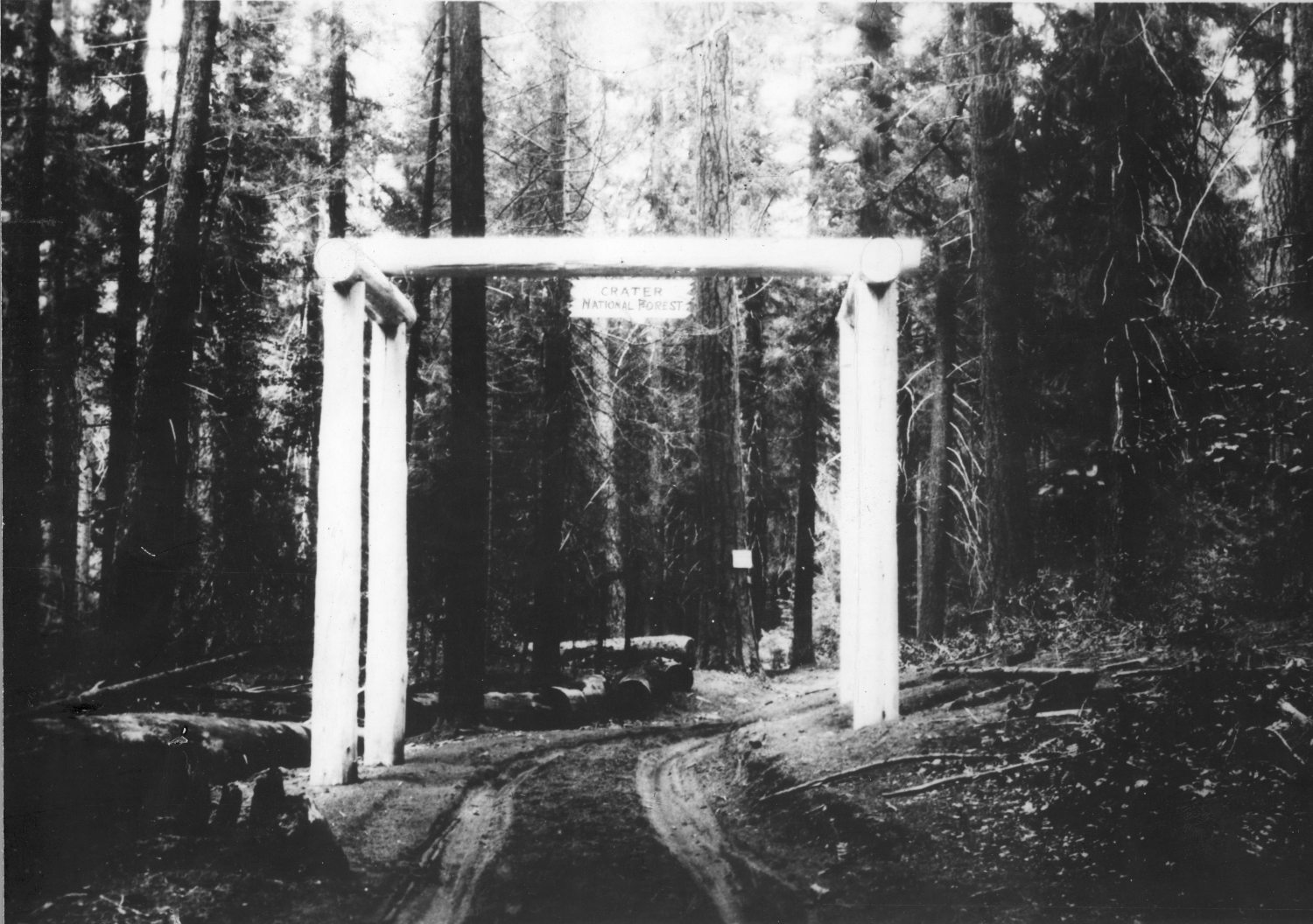
The Rogue River National Forest (until 1932 called the Crater National Forest) was established by President Theodore Roosevelt in 1908. The name "Rogue River" commemorates the Takelma tribe, whose defense of their homeland led early-day French-Canadian trappers to call them les Coquins, which translates to "the Rogues."
The Siskiyou Forest Reserve was established by President Theodore Roosevelt in 1905, and the Reserve was designated as the Siskiyou National Forest in 1907. The name "Siskiyou" is a Cree word for "bob-tailed horse," and was bestowed in 1828 by French Canadians working for the Hudson Bay Company.
The Rogue River and Siskiyou National Forests and their nine ranger district offices were administratively combined in 2004, and became what is today known as the Rogue River-Siskiyou National Forest.
In 2007, the nine ranger districts were consolidated to form the five ranger districts you know today:
- High Cascades Ranger District
- Siskiyou Mountains Ranger District
- Wild Rivers Ranger District
- Gold Beach Ranger District
- Powers Ranger District
Those five Ranger Districts are located in or near the communities of Prospect, Jacksonville, Grants Pass, Cave Junction, Gold Beach, and Powers. The Forest also is home of the J. Herbert Stone Nursery, located near Central Point, while the Supervisor's Office is located in Medford, Oregon.
Unique Landscapes
Oregon is comprised of a magnificent variety of geologic wonders, and the Rogue River-Siskiyou National Forest is a part of that splendid diversity!
The forest itself is composed of two distinct geological provinces: the Cascade Range and the Klamath and Siskiyou Mountains. The Siskiyou area embodies the most complex soils, geology, landscape, and plant communities in the Pacific Northwest. World-class wild rivers, biological diversity, remarkable fisheries resources, and complex watersheds define the Siskiyou. The Rogue River-Siskiyou National Forest is the most floristically diverse National Forest in the country, with an abundance of extraordinary botanical resources.
-
Cascade Range
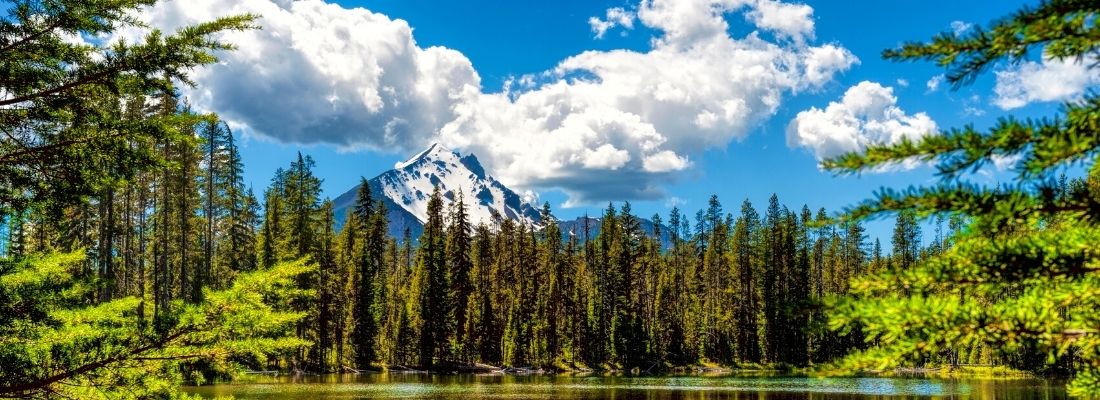
East of Interstate 5, the Forest contains the upper reaches of the Rogue River, located along the slopes of the volcanic Cascade Range. The Cascade Range is dominated by snow capped volcanic peaks such as 9,495 foot Mt. McLoughlin, located within the Sky Lakes Wilderness on the High Cascades Ranger District. Although the southern Cascades tend to have fairly gentle topography, several deep canyons, such as the Middle Fork of the Rogue and the South Fork of Little Butte Creek, are located in this part of the Forest. The area's extensive forests of Douglas-fir, ponderosa pine and other conifers are punctuated by frequent meadows, lakes and meandering streams.
-
Siskiyou Mountains
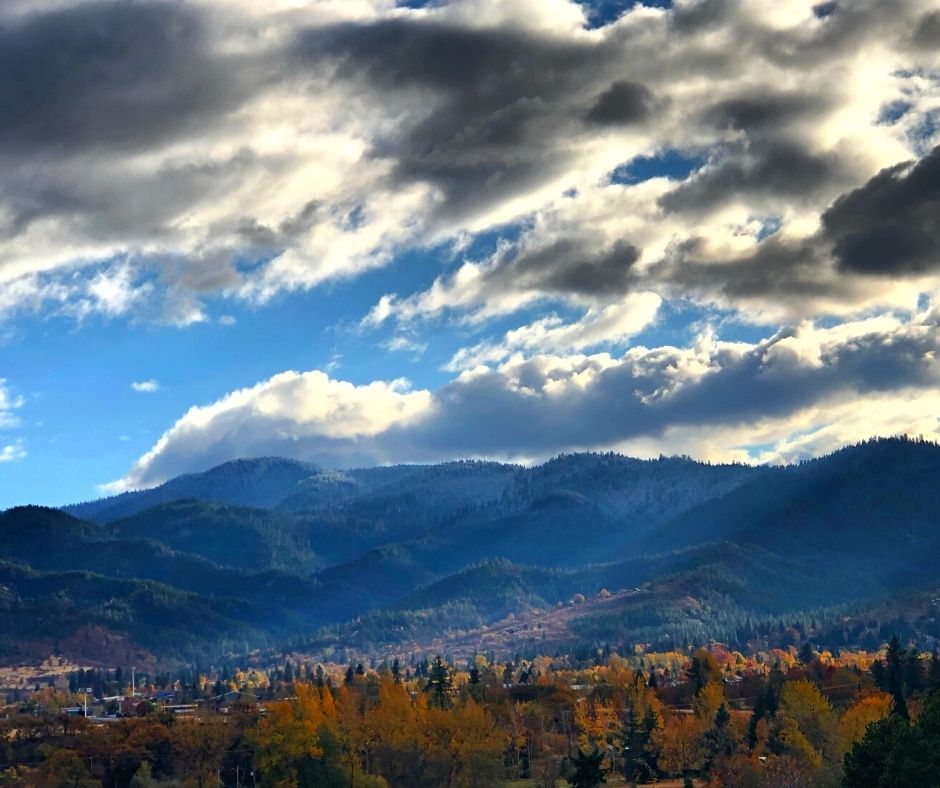
West of Interstate 5, the Forest resides within the ancient and complex geology of the Klamath and Siskiyou Mountains. This is a country of narrow canyons and high, steep ridges. Elevations range from near sea level at the coast, to 7,533 feet at the summit of Mount Ashland, which is the highest point in Oregon west of the Cascades. The variety of environments includes open oak woodlands, dense conifer forests, and dramatic, rocky ridge tops.
The unique character of the landscape has led to the designation of over 340,000 acres of the Forest as wilderness, and roughly 260 miles of streams as National Wild and Scenic Rivers. Wilderness areas managed all or in part by the Forest include: Sky Lakes, Rogue-Umpqua Divide, Red Buttes, Kalmiopsis, Siskiyou, Wild Rogue, Grassy Knob and Copper Salmon.
National Wild and Scenic Rivers include the Upper Rogue, Illinois, North Fork Smith, Chetco, Elk, and Lower Rogue rivers.
Climate
Climate on the Rogue River-Siskiyou National Forest changes with elevation and as you move inland from the coast. The Coast Range is a temperate rain forest where rainfall ranges from 60 inches to over 100 inches at higher elevations. Rainfall occurs mostly from October through June. Further inland, annual precipitation is approximately 30 inches at the lower elevations of the Siskiyou Mountains. Much of the precipitation comes from October to April in the form of rain at the low elevations, and as snow in the higher elevations where very cold temperatures are possible. Although snow is possible in the lowest elevations, it is infrequent. Late spring, summer and early autumn tend to bring clear, sunny days with moderate temperatures. Temperatures near the coast seldom exceed 75 degrees in the summer and snow is rare in the winter. Inland, the ocean influence diminishes, and summer temperatures frequently reach the 80s and 90s, and snowfall of over ten feet is common in the higher elevations of the Cascades in the winter.
An Unparalleled Diversity
-
Flora of the Rogue River-Siskiyou National Forest
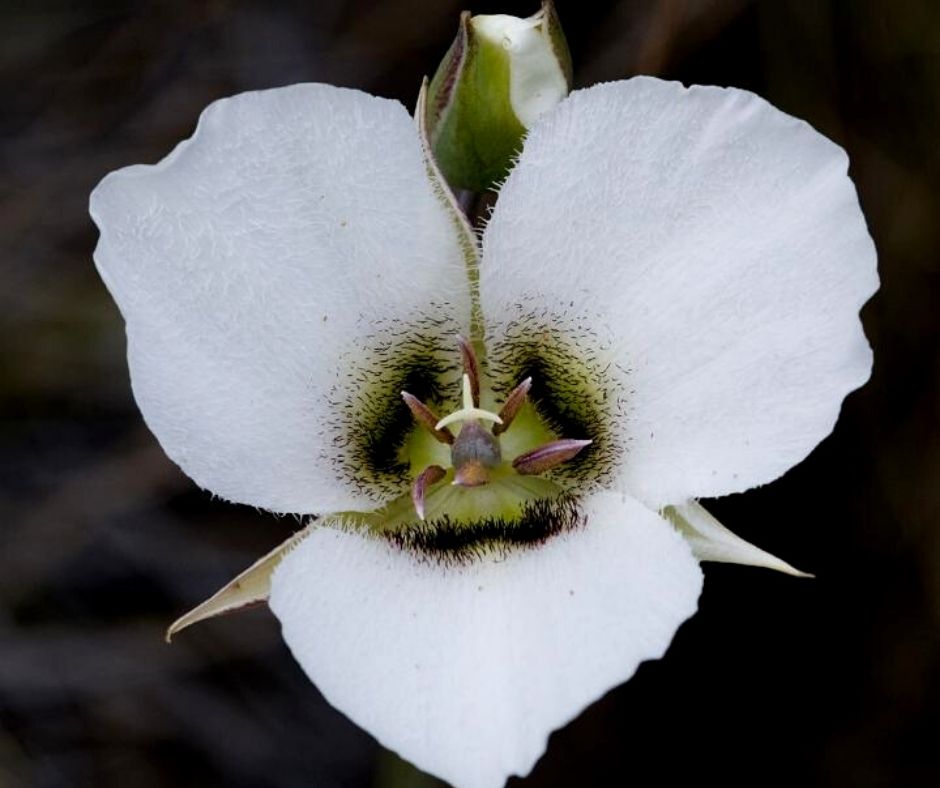
During his studies here in 1950, Dr. Robert Whittaker found that only the Great Smokey Mountains rival the Siskiyou Mountains in plant diversity. The old and complex geology, the global position and transverse orientation of the Siskiyou Mountain Range, which connects the Cascade and Coast Ranges, are responsible for creating this myriad of species. Geologic parent rocks range in age from 200 million years old to the recent ice-age alluviums that are approximately 50,000 years old. The rocks vary in composition, from granitics to the metamorphosed peridotites (serpentine) that support the habitat for many of the sensitive species of plants. By contrast, much of the Cascade Range (a mere 60 million years old) is composed of relatively recent igneous rocks, and the Coastal Ranges are dominated by sedimentary rocks. Together, the varied geological substrate and the climatic extremes of the Siskiyou Mountains provide a range of niches for a rich diversity of genetic material. The Siskiyou Mountains present a biological treasure trove of varied and unique species to manage. There are 28 different conifer species, and numerous rare and endemic plants found in the Siskiyous.
-
Wild Wildlife
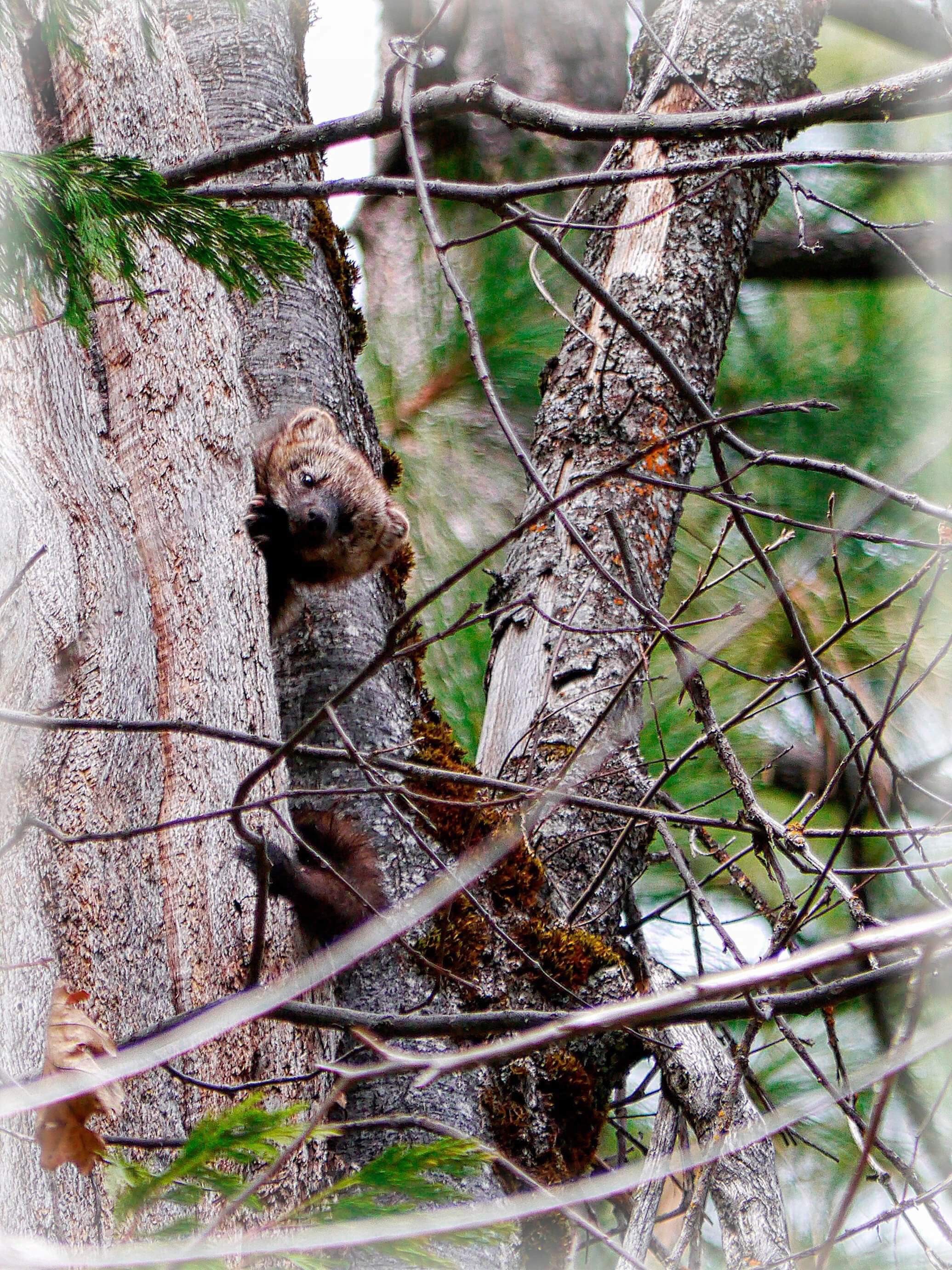
The variety of animal and insect species also makes the Rogue River-Siskiyou National Forest special. The Rogue River-Siskiyou National Forest provides habitat for rare species such as Pacific fisher, Marbled Murrelets, and Northern Spotted Owls. A wide array of bee and butterfly species thrive across the landscape, with more than 100 butterfly species calling the Siskiyou Crest home!
-
Amazing Aquatic Species
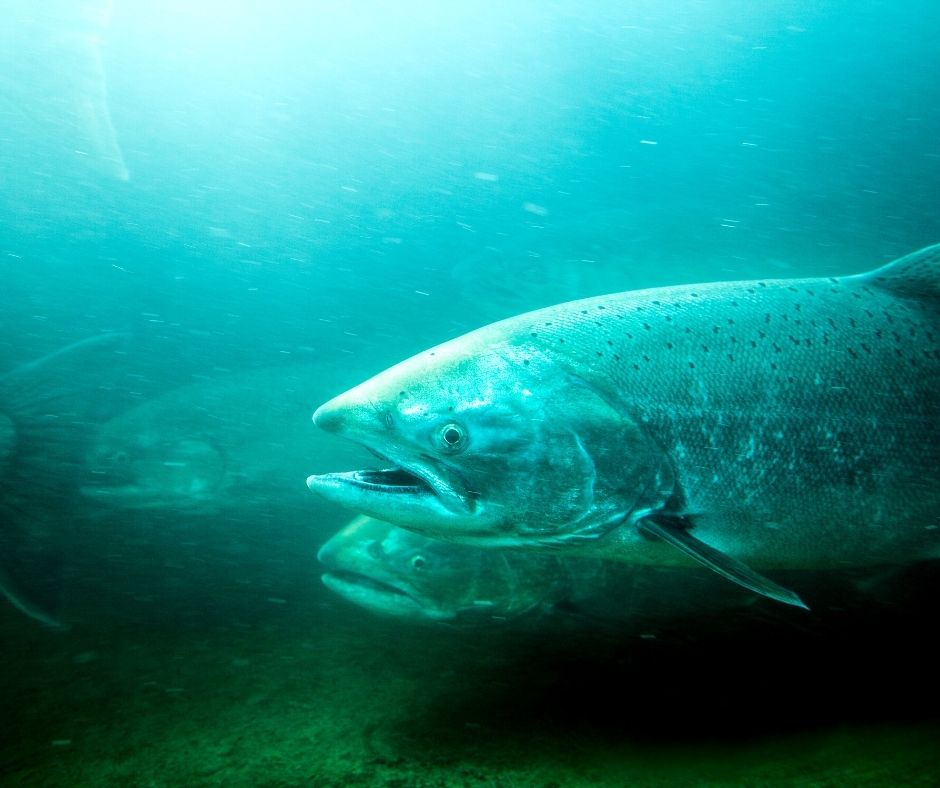
The rivers of the Rogue River-Siskiyou National Forest are home aquatic species like Pacific lamprey, salmon and trout. There are important populations of anadromous winter steelhead, fall Chinook salmon and sea-run cutthroat trout. Rivers such as the Wild and Scenic Chetco River provide excellent spawning and rearing habitat and have some of the highest salmonid smolt returns of any coastal stream in Oregon.

